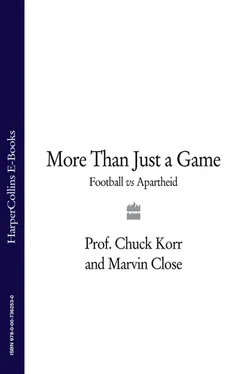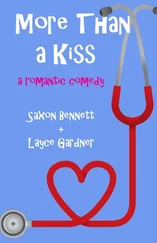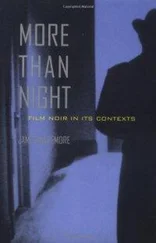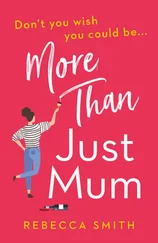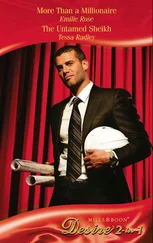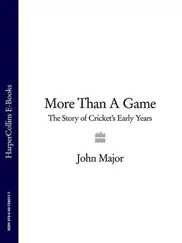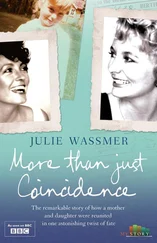Before arriving on Robben Island, Nelson Mandela was hardly a keen football fan, but as he became increasingly interested in what the game meant to the men in the prison, it began to teach him important lessons about the unifying nature of sport. He became acutely aware, through smuggled information, just how much sports-obsessed Afrikaners were wounded by a succession of sports boycotts that effectively isolated South Africa from the rest of the world.
Throughout the 1960s and early 1970s, the country was globally banned from taking part in all team sports, plus many tournaments for individual sportsmen and women. It opened Mandela’s eyes to how important sport was to people across the world – and how important it was to their politics and sense of right and wrong. When South Africa staged the Rugby World Cup in 1995, Mandela famously posed for the world’s cameras, wearing the shirt of the team’s white captain Francois Pienaar. It was a highly symbolic act and demonstrated once again how the then president used sports as a way to forge national unity across racial lines.
This helps explain the significance of South Africa’s future hosting of the 2010 FIFA World Cup and why it is time to tell the extraordinary story of the Makana Football League. What follows is the incredible account of how this determined group of prisoners and freedom fighters used what Pelé called ‘the beautiful game’ to bring a sense of dignity to one of the ugliest hellholes on Earth. How against all odds, they turned football into an active force in their struggle for freedom.
The cover of this book shows the only known photograph in existence of the prisoners playing organized football on the island. This image was taken by a member of the South African security services in the 1960s, and subsequently passed on to the international press as part of a carefully orchestrated propaganda exercise to reassure the world just how well prisoners were being treated on Robben Island at the time.
Notice that the faces of the players have all been blacked out and obscured. The apartheid authorities steadfastly refused to view the prisoners as human beings or individuals. They were faceless terrorists, without names, known only by their prison numbers. We hope that this book puts the faces back onto these players.
‘The goal is that eventually there will be no black South Africans.’
Cornelius Mulder, Republic of South Africa Cabinet Minister
Cape Town, 1964. Sedick Isaacs stood on a downtown street corner reading a newspaper and trying to look nonchalant. The unassuming, bespectacled young high-school teacher contemplated the enormity of what he was about to do. He gazed at the front page in his hands, which informed him that Nelson Mandela had been taken into custody. He was not a sports fan, but if he had flicked to the back page, he would have read that football’s world governing body, FIFA, had banned the all-white apartheid South African team from playing international soccer. But Sedick wasn’t really taking in much of what he read. He glanced up and down the street, decided that the coast was clear, and disappeared into a chemist’s shop.
Minutes later, he stepped back out on to the street carrying a large parcel wrapped in brown paper. His heart skipped a beat when he spotted an armoured police van draw to a halt on the other side of the road. Sedick pressed himself into the shadows of a doorway and watched carefully as police officers jumped out on to the pavement and proceeded to ask a couple of black pedestrians for their passbooks.
The apartheid government had brought in the Pass Laws in the Fifties and, since then, black men and women had been restricted as to the areas in which they were allowed to live, work, and move around. Passbooks, known as dompas, had to be carried at all times, effectively turning black men and women into foreign guestworkers in their own country. The passbook contained all their personal details, their photograph, and fingerprints, and had to be shown on request to any white civil servant, police officer, or government official. Not surprisingly, the dompas were much hated.
Sedick was of Asian descent and therefore not strictly required to carry a passbook, but he knew that, having a non-white face and being in such a white area of the city, he was bound to attract attention. If the policemen spotted him, they might want to body-search him and, more worryingly, demand to look inside the parcel he was carrying.
What he had just purchased from the chemist’s was perfectly legal – a number of different household products and chemicals that anyone could buy over the counter – but, once mixed together, they formed the basis of an explosive. A trained chemist, Sedick had bought the ingredients in order to manufacture bombs.
A softly spoken intellectual, Sedick had grown up in the Bo Kaap district of the city, where he attended Trafalgar High, one of the best non-white schools in South Africa. It was there that his teachers had taught him about the way in which democracy was practised in other parts of the world and how various revolutions had been necessary to bring about justice and change. These lessons made a lasting impression upon Sedick, who had grown up in a South Africa torn apart by the inequalities of apartheid.
When he was at university studying chemistry, he had become involved in various political discussion groups. However, the thought of demonstrations and armed struggle was alien to Sedick and his friends. It was only when a friend of his father introduced him to people living in the black township of Langa that he became acquainted with brutal oppression at first hand. His father’s friend was a tailor and would send his salesmen out into the black townships to tout for business. As a teenager, Sedick would accompany them into the corrugated huts and breezeblock sheds that were home to the black people of Langa.
There, he met young, politicized radicals who were talking about taking direct action to overthrow the apartheid regime. At first, their angry commitment shocked him rigid but, the more he came to know the impoverished day-to-day lives they were forced to live under apartheid, the more he came to understand.
He became a member of the Muslim Youth Movement and met other people who wanted to take protest politics that little bit further. Some members of his group had got hold of small arms while others spoke about the possibility of sabotaging government-run buildings and installations. Sedick’s contribution had been to use his skills as a chemist to test gold, and then to help smuggle it to help raise funds for the group but, recently, he’d been learning how to make explosives – and teaching other members of the movement to do the same.
Now, pulling back into the shadows, trying to keep out of sight of the police, he pondered the irony of possible capture. If the police called him over, he could be arrested without having set off a single bomb. His own personal battle against apartheid would be nipped in the bud. This time, however, he was lucky. The passbookswere clearly in order, the black workers were waved on, and the police van disappeared down the road. Sedick drew a silent sigh of relief and began cautiously to make his way home with his explosive ingredients.
Introduced by the racist National Party in a whites-only election in 1948 when Sedick was just a child, apartheid forced a system of total racial segregation on South Africa in order to ensure white domination over all aspects of the country.
During the Second World War, hundreds of new factories and workshops had opened in urban areas across the nation, making everything from munitions and military equipment to uniforms, army boots, and tents. To drive this rapid economic growth, industry had needed labour and, attracted by the promise of better wages and jobs, thousands of poor black and Asian workers migrated to the towns and cities. Cumulatively, this caused massive overcrowding. The authorities couldn’t cope. Housing was hopelessly inadequate, and shanty towns and squatter camps began to spring up in places like Johannesburg, Pretoria, and Port Elizabeth – and in Sedick’s home city of Cape Town.
Читать дальше
